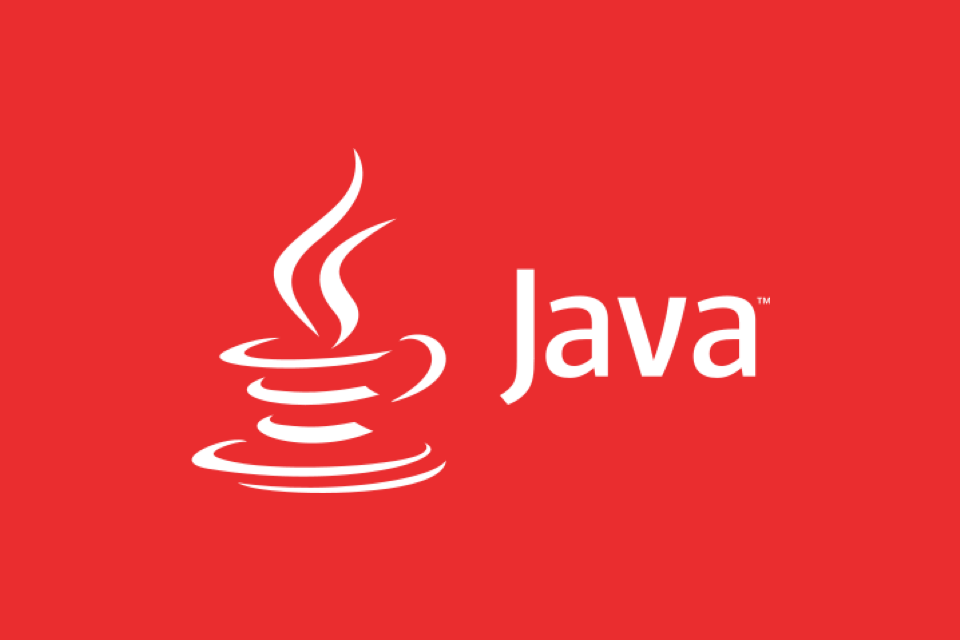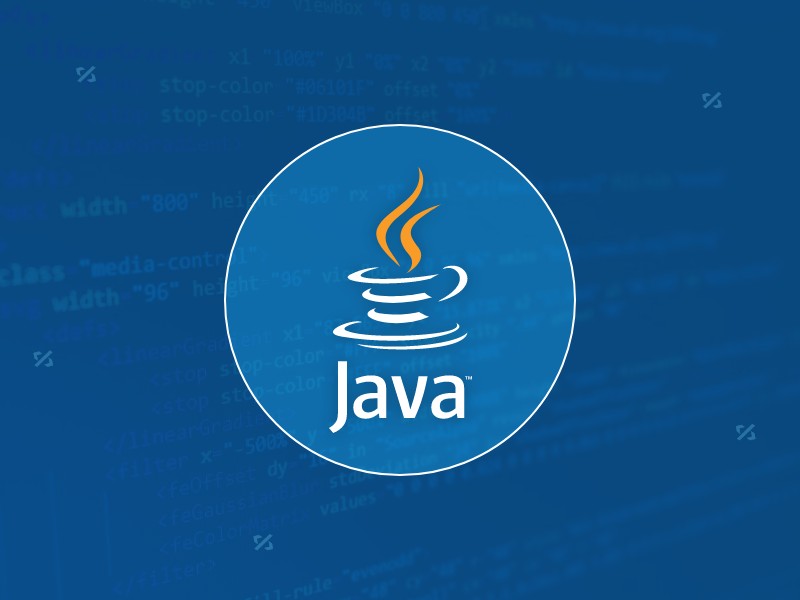How to profile a Java application for performance?
Jul 10, 2025 pm 12:06 PMJava application performance analysis should first locate bottlenecks and then choose the appropriate method. 1. Use JDK-owned tools such as jstat to view GC situation, jstack to troubleshoot thread problems, and jcmd for simple analysis; 2. Enable JFR to record runtime events, suitable for overall behavior observation; 3. Use visual utilities such as VisualVM to intuitively view call stack and hotspot methods; 4. Add monitoring buried points to the code for long-term observation of specific operations. Each method is suitable for different scenarios, and it is recommended to gradually and in-depth analysis from simple to traditional.

Performance analysis of Java applications is actually not mysterious, and it does not require complex tool chains from the beginning. The key is to find the bottleneck, such as CPU, memory, IO or threading issues. This article talks about some practical methods to help you get started quickly.

1. Use the command line tool that comes with JDK
Before you start, don't rush to install a bunch of third-party software. JDK itself provides some very practical gadgets that can help you quickly get the running status:

- jstat : used to view the usage and GC frequency of each area of ??the JVM heap memory. For example,
jstat -gc <pid></pid>can see the use of young generations, old generations, and meta-spaces. - jstack : If you suspect thread blocking or deadlocking, use
jstack <pid></pid>to export thread snapshots to see which threads are in BLOCKED or WAITING state. - jcmd : This is a multi-function command that can trigger Full GC, view JVM parameters, and even do simple CPU analysis (such as
jcmd <pid> Thread.print</pid>).
The benefits of these tools are lightweight, fast, and do not require additional dependencies, which are suitable for troubleshooting basic problems in the online environment.
2. Enable JFR for detailed analysis (Java Flight Recorder)
If your application runs in the HotSpot JVM (including OpenJDK 11), you can directly enable JFR to record detailed runtime events:

- CPU hotspot function
- Thread state changes
- GC Events
- File/Network IO Operation
Add parameters when starting:
-XX: FlightRecorder -XX:StartFlightRecording=duration=60s,filename=myapp.jfr
In this way, a .jfr file will be automatically generated after the program runs for 60 seconds. You can open the analysis with JDK Mission Control. This method is especially suitable for situations where you want to see the overall behavior over a period of time and has a small impact on performance.
3. Use visual analysis tools (such as VisualVM, YourKit, JProfiler)
When you need to see the call stack, hotspot methods, and memory allocation paths more intuitively, graphical tools come in handy. Common ones are:
- VisualVM : Free, open source, full functions. It can be connected remotely or run locally, and supports plug-in extensions.
- YourKit/JProfiler : Commercial product, but with a more friendly interface and more powerful functions, especially suitable for complex scenarios.
This type of tool generally collects data by attaching it to running Java processes. You can see the execution time proportion of each method, object creation hotspots and other information. It is recommended to use in test environments because they may bring some performance overhead.
4. Add monitoring points to the code (suitable for long-term observation)
Sometimes, if you want to know the specific time-consuming of a module, or if you want to count the number of specific operations, you can add a log in the code or use libraries such as Micrometer and Dropwizard Metrics to collect indicators.
For example, use System.nanoTime() to record the execution time of the method and then print it out:
long start = System.nanoTime();
// Execute business logic long duration = System.nanoTime() - start;
log.info("Execution time {} ns", duration);Of course, this method is suitable for local debugging and is not recommended to add it everywhere. If you want to monitor for a long time, it is best to cooperate with Prometheus Grafana for visual display.
Basically these common methods are. Each method has applicable scenarios, and it is better to use it in combination. The key is not to start with the simplest ones and gradually deepen.
The above is the detailed content of How to profile a Java application for performance?. For more information, please follow other related articles on the PHP Chinese website!

Hot AI Tools

Undress AI Tool
Undress images for free

Undresser.AI Undress
AI-powered app for creating realistic nude photos

AI Clothes Remover
Online AI tool for removing clothes from photos.

Clothoff.io
AI clothes remover

Video Face Swap
Swap faces in any video effortlessly with our completely free AI face swap tool!

Hot Article

Hot Tools

Notepad++7.3.1
Easy-to-use and free code editor

SublimeText3 Chinese version
Chinese version, very easy to use

Zend Studio 13.0.1
Powerful PHP integrated development environment

Dreamweaver CS6
Visual web development tools

SublimeText3 Mac version
God-level code editing software (SublimeText3)

Hot Topics
 Applying Semantic Structure with article, section, and aside in HTML
Jul 05, 2025 am 02:03 AM
Applying Semantic Structure with article, section, and aside in HTML
Jul 05, 2025 am 02:03 AM
The rational use of semantic tags in HTML can improve page structure clarity, accessibility and SEO effects. 1. Used for independent content blocks, such as blog posts or comments, it must be self-contained; 2. Used for classification related content, usually including titles, and is suitable for different modules of the page; 3. Used for auxiliary information related to the main content but not core, such as sidebar recommendations or author profiles. In actual development, labels should be combined and other, avoid excessive nesting, keep the structure simple, and verify the rationality of the structure through developer tools.
 The requested operation requires elevation Windows
Jul 04, 2025 am 02:58 AM
The requested operation requires elevation Windows
Jul 04, 2025 am 02:58 AM
When you encounter the prompt "This operation requires escalation of permissions", it means that you need administrator permissions to continue. Solutions include: 1. Right-click the "Run as Administrator" program or set the shortcut to always run as an administrator; 2. Check whether the current account is an administrator account, if not, switch or request administrator assistance; 3. Use administrator permissions to open a command prompt or PowerShell to execute relevant commands; 4. Bypass the restrictions by obtaining file ownership or modifying the registry when necessary, but such operations need to be cautious and fully understand the risks. Confirm permission identity and try the above methods usually solve the problem.
 Differences Between Callable and Runnable in Java
Jul 04, 2025 am 02:50 AM
Differences Between Callable and Runnable in Java
Jul 04, 2025 am 02:50 AM
There are three main differences between Callable and Runnable in Java. First, the callable method can return the result, suitable for tasks that need to return values, such as Callable; while the run() method of Runnable has no return value, suitable for tasks that do not need to return, such as logging. Second, Callable allows to throw checked exceptions to facilitate error transmission; while Runnable must handle exceptions internally. Third, Runnable can be directly passed to Thread or ExecutorService, while Callable can only be submitted to ExecutorService and returns the Future object to
 Exploring Different Synchronization Mechanisms in Java
Jul 04, 2025 am 02:53 AM
Exploring Different Synchronization Mechanisms in Java
Jul 04, 2025 am 02:53 AM
Javaprovidesmultiplesynchronizationtoolsforthreadsafety.1.synchronizedblocksensuremutualexclusionbylockingmethodsorspecificcodesections.2.ReentrantLockoffersadvancedcontrol,includingtryLockandfairnesspolicies.3.Conditionvariablesallowthreadstowaitfor
 How Java ClassLoaders Work Internally
Jul 06, 2025 am 02:53 AM
How Java ClassLoaders Work Internally
Jul 06, 2025 am 02:53 AM
Java's class loading mechanism is implemented through ClassLoader, and its core workflow is divided into three stages: loading, linking and initialization. During the loading phase, ClassLoader dynamically reads the bytecode of the class and creates Class objects; links include verifying the correctness of the class, allocating memory to static variables, and parsing symbol references; initialization performs static code blocks and static variable assignments. Class loading adopts the parent delegation model, and prioritizes the parent class loader to find classes, and try Bootstrap, Extension, and ApplicationClassLoader in turn to ensure that the core class library is safe and avoids duplicate loading. Developers can customize ClassLoader, such as URLClassL
 Handling Common Java Exceptions Effectively
Jul 05, 2025 am 02:35 AM
Handling Common Java Exceptions Effectively
Jul 05, 2025 am 02:35 AM
The key to Java exception handling is to distinguish between checked and unchecked exceptions and use try-catch, finally and logging reasonably. 1. Checked exceptions such as IOException need to be forced to handle, which is suitable for expected external problems; 2. Unchecked exceptions such as NullPointerException are usually caused by program logic errors and are runtime errors; 3. When catching exceptions, they should be specific and clear to avoid general capture of Exception; 4. It is recommended to use try-with-resources to automatically close resources to reduce manual cleaning of code; 5. In exception handling, detailed information should be recorded in combination with log frameworks to facilitate later
 Asynchronous Programming Techniques in Modern Java
Jul 07, 2025 am 02:24 AM
Asynchronous Programming Techniques in Modern Java
Jul 07, 2025 am 02:24 AM
Java supports asynchronous programming including the use of CompletableFuture, responsive streams (such as ProjectReactor), and virtual threads in Java19. 1.CompletableFuture improves code readability and maintenance through chain calls, and supports task orchestration and exception handling; 2. ProjectReactor provides Mono and Flux types to implement responsive programming, with backpressure mechanism and rich operators; 3. Virtual threads reduce concurrency costs, are suitable for I/O-intensive tasks, and are lighter and easier to expand than traditional platform threads. Each method has applicable scenarios, and appropriate tools should be selected according to your needs and mixed models should be avoided to maintain simplicity
 What is the purpose of the `static` keyword in Java?
Jul 05, 2025 am 02:36 AM
What is the purpose of the `static` keyword in Java?
Jul 05, 2025 am 02:36 AM
Static keywords are used in Java to create variables and methods that belong to the class itself, rather than instances of the class. 1. Static variables are shared by instances of all classes and are suitable for storing data shared by all objects, such as schoolName in the Student class. 2. Static methods belong to classes and do not depend on objects. They are often used in tool functions, such as Math.sqrt(), and can only access other static members. 3. Static code blocks are used to perform initialization operations when class loading, such as loading libraries or setting logs. 4. Static inner classes can be instantiated independently of the external class, but non-static members of the external class cannot be accessed. Rational use of static can effectively manage class-level resources and behaviors.






